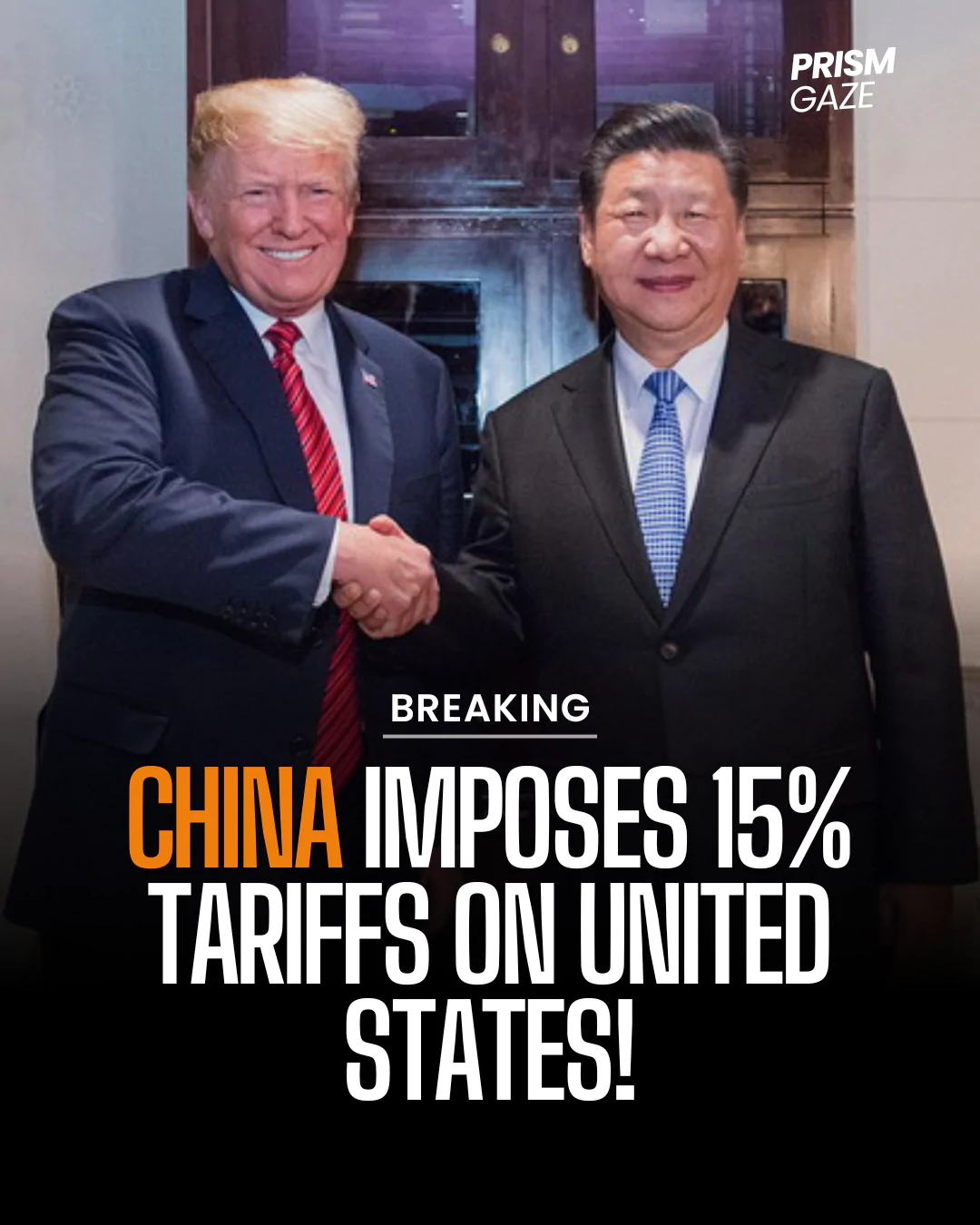In a decisive move escalating long-running trade tensions, President Donald Trump announced on February 3 that a new 10% tariff will be imposed on all imports from China, effective February 4. This latest measure—part of an aggressive trade policy aimed at addressing trade imbalances and curbing the flow of illicit drugs into the United States—adds to existing duties on Chinese products and follows similar tariff actions targeting Canada and Mexico, where a 25% levy has been set.
U.S. Tariff Announcement
During a public statement on February 3, President Trump declared that the imposition of a 10% tariff on Chinese goods was a necessary step to penalize what his administration terms as unfair trade practices by Beijing. The decision is intended to reduce the U.S. trade deficit with China and address domestic economic concerns. The new tariff package comes amid heightened scrutiny of China’s trade policies and follows previous rounds of tariffs that have already strained bilateral economic relations.
China’s Measured Response
In response to the U.S. announcement, China’s Ministry of Commerce condemned the new tariff, stating that the measure violates World Trade Organization (WTO) regulations. In a swift counteraction, Beijing revealed plans to impose its own retaliatory tariffs, set to take effect on February 10. These measures include:
A 15% tariff on imports of coal and liquefied natural gas (LNG) from the United States.
A 10% tariff on U.S. exports such as crude oil, agricultural machinery, and large-engine vehicles.
Chinese officials have also indicated that Beijing will file a complaint with the WTO to challenge the U.S. action, reinforcing its commitment to defend its economic interests while calling for dialogue with Washington.
Strategic Implications
Analysts note that the latest round of tariffs underscores a complex interplay of economic strategy and diplomatic posturing. President Trump’s new tariff is part of a broader campaign to leverage trade policy as a means of addressing domestic economic pressures and curbing what he sees as detrimental trade practices by China. In turn, China’s retaliatory tariffs are designed not only to impose costs on U.S. exporters but also to strengthen its negotiating position for future discussions. Observers point out that China’s economy, increasingly less dependent on U.S. exports, appears better positioned to absorb these shocks without triggering immediate economic panic.
Moreover, Trump’s administration has signaled a willingness to engage in dialogue, with discussions between President Trump and Chinese President Xi Jinping expected in the coming days. This potential for negotiation comes even as both sides prepare for further economic measures if the current tit-for-tat escalation continues.
Outlook
The unfolding trade measures mark another chapter in the long-standing U.S.–China economic rivalry. While Trump’s tariffs are aimed at pressuring Beijing to reform its trade practices, China’s countermeasures demonstrate its readiness to defend its interests through multiple economic channels. With both sides holding firm yet expressing openness to negotiations, the coming days will be crucial in determining whether this standoff can be defused or if it will evolve into a more extensive trade conflict.
Also Read: Donald Trump vs Canada: What’s the Beef? (3 Reasons)
